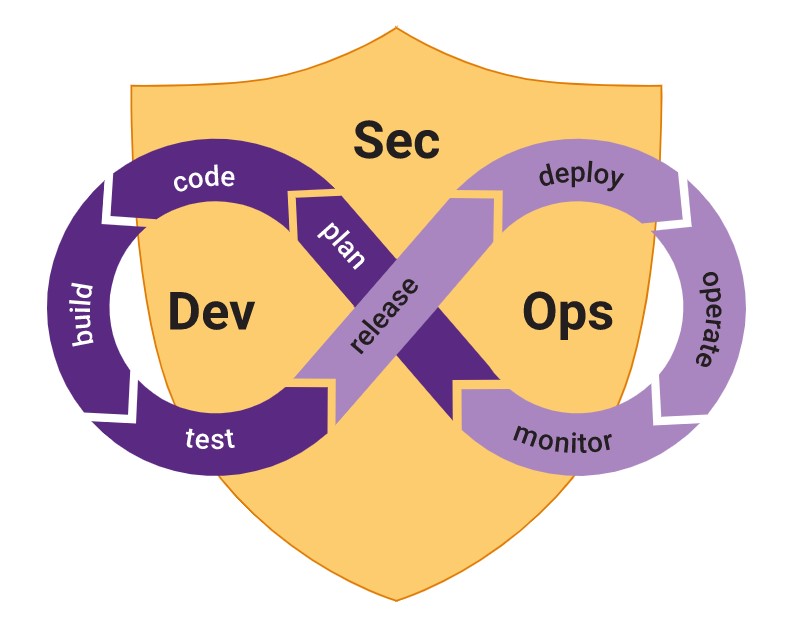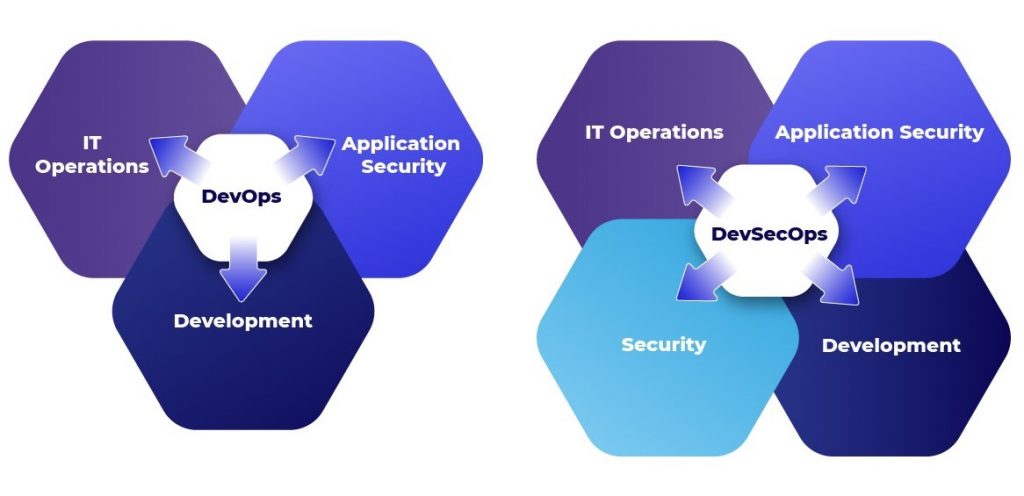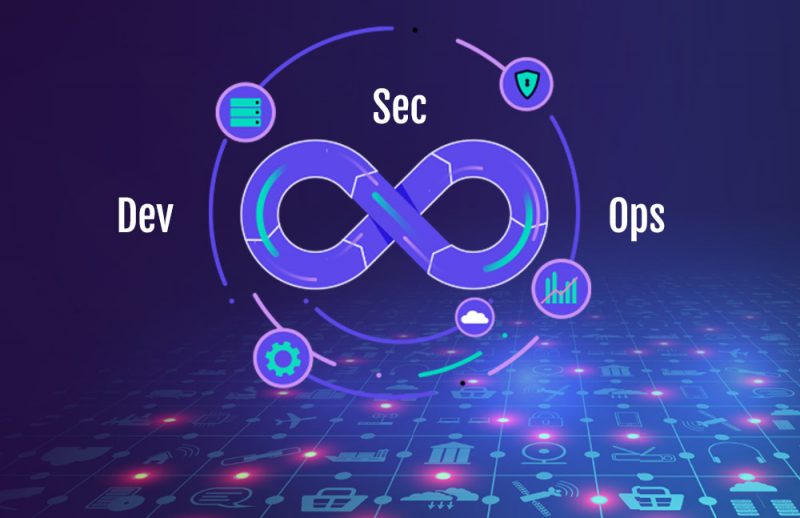Introduction To DevSecOps
We’re going to cover three things:
- What is DevSecOps?
- What is the difference between DevOps and DevSecOps?
- What are the benefits of DevSecOps?
What is DevSecOps?
So the first question might be what is DevSecOps? In simple terms DevSecOps refers to the integration of security practices and tooling into a DevOps software delivery model. So DevSecOps is essentially the practice of merging development operations and security practices together instead of treating them as separate disciplines. It’s a practice of integrating security objectives into the sdlc at the beginning following the shift left paradigm meaning that we’re adding a new element to our process all the way at the left or the beginning rather than adding it at the right or the end.

DevSecOps is a movement that harnesses DevOps’s power bringing security practices into the fold. Activities designed to identify and ideally solve security issues which are injected early into the life cycle of application development rather than after a product is released. This is accomplished by enabling development teams to perform many security tasks independently within the software development life cycle. Its a process of finding vulnerabilities earlier in the software development lifecycle which is better than the alternative. The adoption of DevSecOps has been swift in high output environments. So, essentially where a code is being released all the time where there is a robust DevOps model, there’s been a swift adoption of DevSecOps .
DevOps v/s DevSecOps:

Next we can dive into the difference between Devops and DevSecOps.
- The difference is basically the culture of shared responsibility in regards to security.
- The DevOps model ensured both the integrity of the delivered product and the effectiveness of the underlying operations while DevSecOps differs however in the sense that it expands DevOps and includes security objectives inside.
- Basically, DevSecOps infuses security practices into fast feedback software delivery and organizational culture.
- Unlike traditional DevOps insecurity models in which information security objectives are inserted at the end of the software cycle, DevSecOps integrates security and engineering with a shift left mindset so integrates it throughout the SDLC which will be always started at the beginning stage.
Benefits of DevSecOps:
Let’s discuss about different benefits that we can see with DevSecOps in practice:
1. Improved security posture:
- Security is included as a feature from the design phase onwards.
- A shared responsibility model ensures that security is tightly integrated from building and deploying to securing production workloads.
2. Faster delivery :
- The speed of software delivery is improved when securities integrated into the pipeline.
- Bugs are identified and fixed before deployment allowing developers to focus on their priorities
3. Reduce costs:
- Identifying vulnerabilities and bugs before deploying results in an exponential reduction in risks resulting in reduced operational cost.
4. Enhancing the value of devops:
- Improving overall security posture as a culture of shared responsibility is created by the integration of security processes into DevOps.
- It’s going to create more alignment, collaboration and creates a culture of security.
5. Improving secure development standards:
- Cost and time of secure software delivery are reduced by eliminating the need to retrofit security controls post development.
- We can save a lot of time by shifting left.
6. Enabling greater overall business success:
- Greater consumer trust in security of existing software and new technologies enables enhanced revenue growth and expanded business offerings.
- Base product offerings are basically going to stay secure through continuous security and by integrating them into a full DevSecOps cycle
- We can ensure that any sort of change is evaluated against a baseline and our customers can trust that our services aren’t going to degrade or become weaker over time.
Conclusion:
So the purpose of DevSecOps is to reduce the overall effort of security teams by minimizing vulnerabilities and to promote fast development of a secure codebase. It’s an integration of protection and security testing throughout the SDLC.


